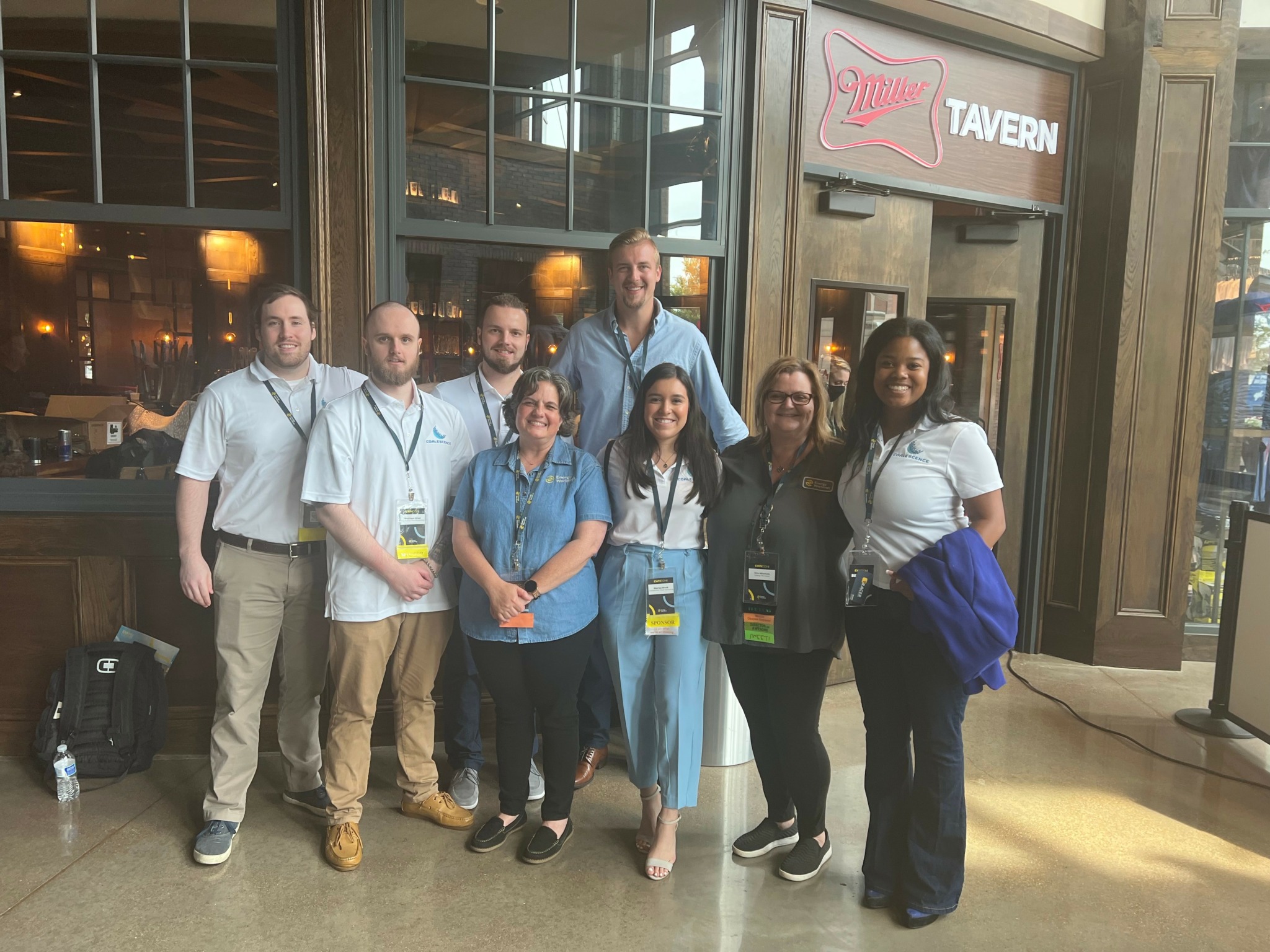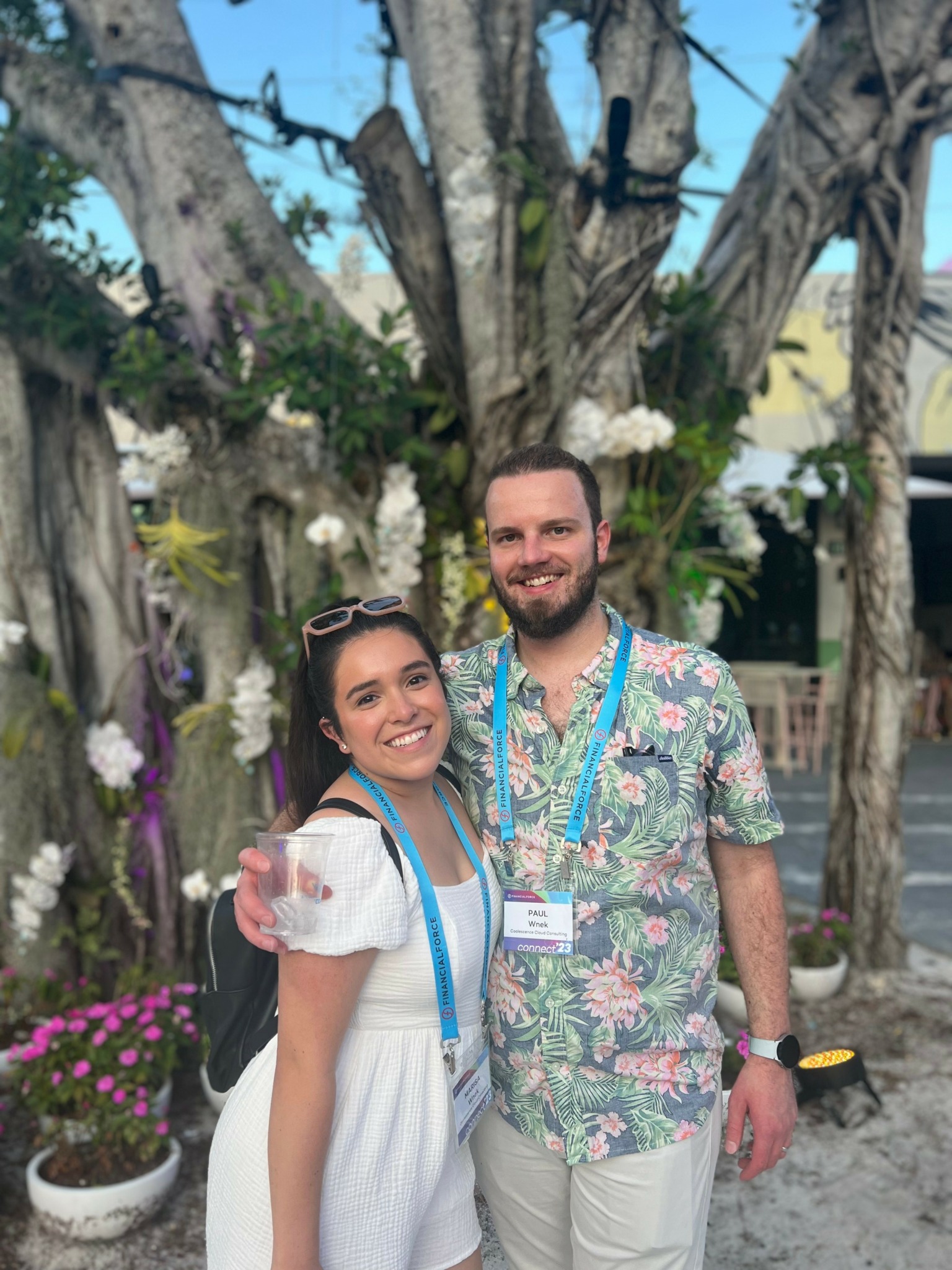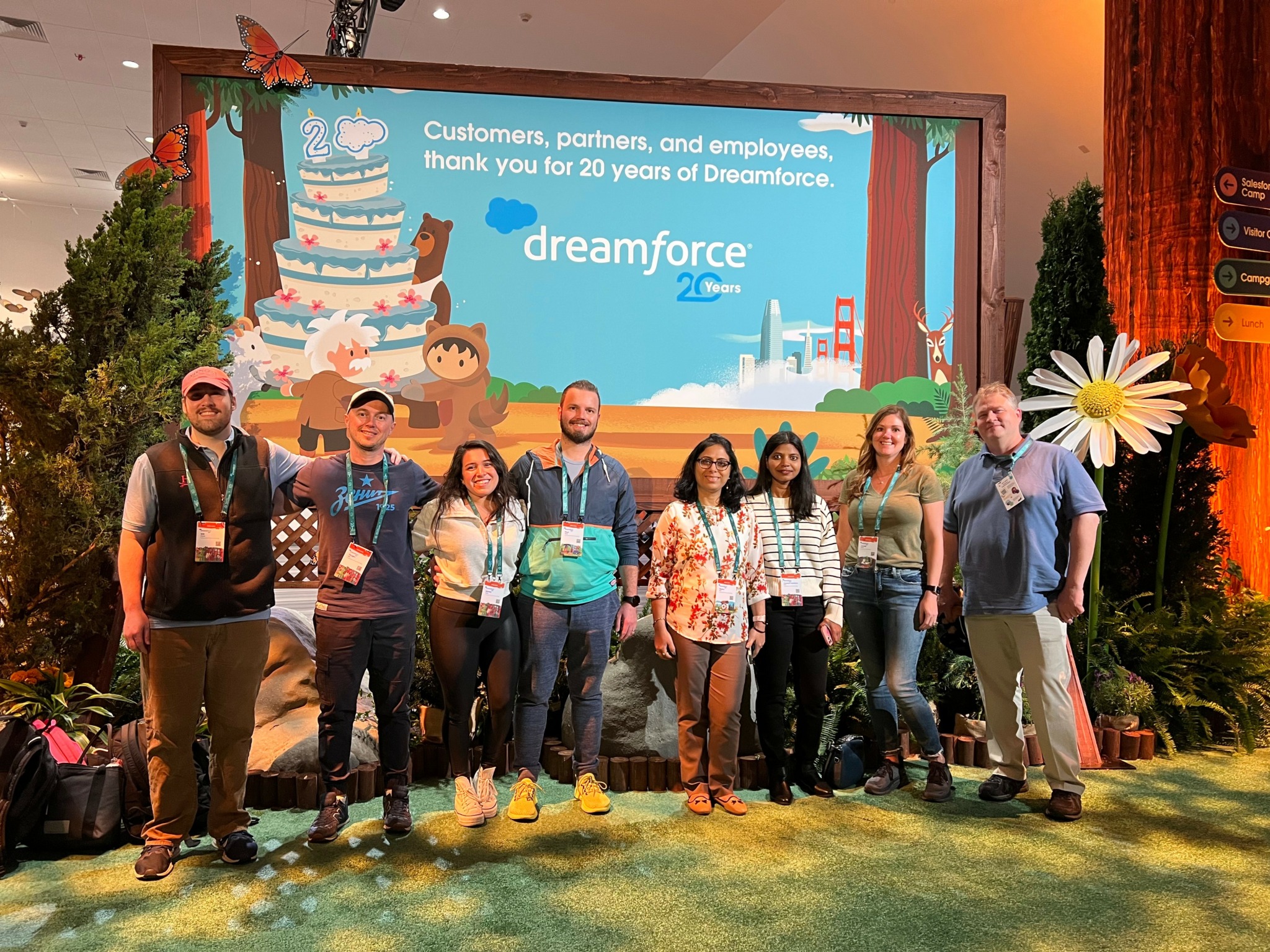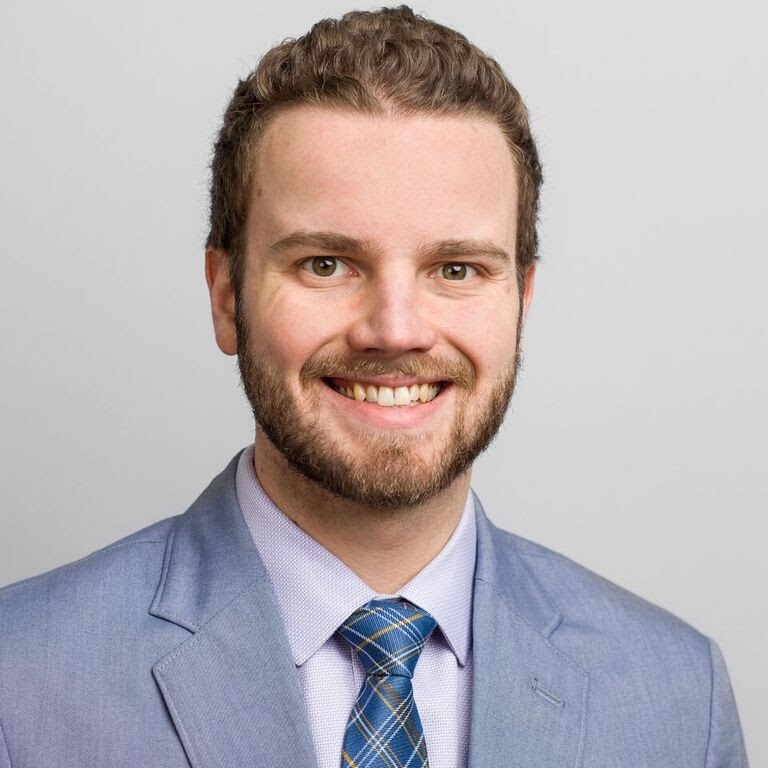Alright – so today we’ve got the honor of introducing you to Paul Wnek. We think you’ll enjoy our conversation, we’ve shared it below.
Tell our readers about yourself and what problems you solve for your clients?
I’m the founder and CEO of two tech startups – Coalescence Cloud, a Salesforce professional services partner, and ExpandAP, an expense, Accounts Payable (AP) and corporate credit card automation application built natively on the Salesforce platform. My career experience working for other Salesforce ecosystem partners has educated me on the importance of well-engineered business systems. Some of my business system focus areas include CRM, ERP, PSA, billing, CPQ, enterprise software and expense management.
The problems I solve for our clients include facilitating the evolution of their internal systems and automating tedious and repetitive administrative processes. We start by taking a look at why their processes are set up in their current format and what their goals are to uncover new pathways for key functions to be executed more efficiently. With Coalescence, often, we help them move from disconnected systems that are not updated to an AI-powered and cloud-based solution. ExpandAP specializes in fixing accounting inefficiencies, specifically for our clients, saving them time and resources.

What is the most innovative thing you’ve done in your career?
Innovation to me as a leader means being able to adapt and be flexible towards the speed of business and enable my team to take calculated risks when they see an opportunity. A large part of my role is to foster an environment of creative problem solving and we are innovating all the time to keep up with how quickly things change in business.
At the end of July, we partnered with another company to create a first-of-its-kind integration hub or “app store” within our product. Yet, the new product is only half of this innovation. By moving quickly and fostering an innovative culture that was able to jump on this opportunity, we gained the opportunity to capitalize on additional support and resources offered by the partner. After creative strategizing, we were accepted into a program that granted us working hours. This saved us an estimated $300,000 and allowed our team to complete this huge undertaking quickly.
This is the rapid pace of innovation required every week. It requires a grind to figure out how to make more with less and where to look to get what you need. Again, this project is an example of the pieces of innovation that we encounter every day.

Can you share the story of a time when you had to pivot (in business, career or life)?
I was in my first job out of college, a finance data entry role, where I saw many inefficiencies. This planted the seed for the idea that one day grew into ExpandAP. I saw how helpful a tech solution that automated critical accounting functions would be for businesses. This little idea evolved until it was time to address it.
Years later, there was a challenging time in my Coalescence Cloud business. We had a great team of talent, but there were more people than I had billable work to give them. A decision between downsizing the team or taking a risk had to be made.
I could have chosen to keep my team on the bench and focus on fixing the problems in the one business I already had. But mostly, I knew I didn’t want to lose my team and knew the time to address my idea was now. I accepted this would be a financial struggle, then took the risk. I pivoted the extra resources our team had to develop ExpandAP’s offerings.
Again, pivoting my consulting team into creating a completely new product was a huge gamble. I remember even thinking, “This is a dumb idea.” It was in no way the traditional way to start a business. There was no business plan and I hadn’t hired people with the specific experience to fill these roles. We were putting thousands of hours into building an app we didn’t know we’d have any success with. I just knew the time was now and I had to address that idea that I’d been carrying with me since my first job. When we didn’t know how to do something, we were scrappy and figured it out. That pivot led us to build a first-of-its-kind Salesforce-native app and pass the security review without bringing in outside investors.
Weighing the cost of the safer path versus when to make do with what you have against your desired outcome are keys to entrepreneurship. You have to be ready to play the long game while playing the short game.

Can you share a story from your journey that illustrates your resilience?
The first time we attended Dreamforce, we had just secured a multi-million dollar, multi-year deal. We expanded our team with eight new hires, onboarded them and set a kickoff date for July. Everything was in place, the contract was signed by the client and we were prepared.
Things started to go downhill as soon as we thought they were set in stone. The project start date was pushed to August 1, then October 1. While at Dreamforce, I stepped out for a meeting only to discover the project had been delayed until the next May. It was “at-risk.”
When May rolled around, the board effectively voided the contract. I learned that the contracts signed through the principal contractor (our partner) hadn’t included termination fees, so we could not recoup the cost of investment into growing the team to staff the project. The consequences were disastrous. The outlook on the business was bleak.
Over the next half year, we faced severe financial strain from unsuccessful investor conversations and loan defaults. I was on the brink of losing everything.
Those fifteen months were a relentless downpour of challenges. I was unsure how much more we could endure or what failure would even look like. Most days were numbingly dark, but through establishing an exercise routine again I found some stability and saw a bit of momentum.
Little by little, we had to grow the business back. There was no other way than to show up every day and make do with what we had. As things got better, I noticed the little events that would have once seemed catastrophic didn’t bother me as much anymore. They paled in comparison to the memory of where we had been. This was resilience I learned by facing the downpour head-on.
Against every odd stacked against us, we made it out on the other side. I still have my business and we continue to grow and expand our offerings. This year, my team went back to Dreamforce and, this time, instead of watching things fall apart, I celebrated all that ExpandAP has survived and grown through.
Contact Info:
- Website: https://expandap.com/
- Linkedin: https://www.linkedin.com/company/expandapoffical/

Image Credits
Not applicable


